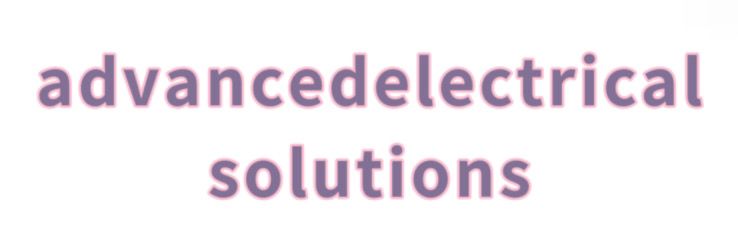Understanding Vacuum Decay Leak Test: A Complete Guide
What is a Vacuum Decay Leak Test?
The vacuum decay leak test is a sensitive and reliable method used to detect leaks in various systems and components. It is particularly effective in applications where the integrity of a sealed environment is critical, such as in the pharmaceutical, aerospace, and food packaging industries. The test works by creating a vacuum around the component or system being tested and monitoring any changes in pressure over time. If there is a leak, air will enter the system, leading to a measurable decrease in vacuum.How Does the Test Work?
The vacuum decay leak test begins with the subject component being placed in a vacuum chamber. A vacuum pump is used to create a specific level of vacuum, and the pressure is stabilized for a short period. After reaching the desired vacuum level, the pressure is monitored using sensitive pressure sensors. If the system is leak-free, the pressure should remain stable. However, if there is a leak, the pressure will begin to rise as air infiltrates the vacuum environment. The rate at which the pressure increases is indicative of the size of the leak, allowing for precise measurements.Applications of Vacuum Decay Leak Testing
Vacuum decay leak testing is versatile and can be applied in various industries. It is commonly used in the pharmaceutical industry to test the integrity of sterile packaging. Any breach in packaging can compromise product sterility, making leak detection essential. In aerospace, vacuum testing ensures the reliability of components that must withstand extreme conditions. Additionally, the food packaging industry uses vacuum testing to maintain product quality and extend shelf life by ensuring airtight seals.Advantages of Vacuum Decay Leak Testing
One of the key advantages of vacuum decay leak testing is its sensitivity. The method can detect very small leaks, often in the range of microns, making it superior to many other leak testing methods. Moreover, the process is non-destructive, meaning that it does not damage the components being tested. The overall speed of the test is also an advantage, as it can be completed relatively quickly, allowing for efficient quality assurance processes. Additionally, this method can be automated, which helps streamline production and reduce human error.Limitations of the Test
While vacuum decay leak testing has many advantages, it is not without its limitations. The test is primarily suited for non-porous materials, and porous materials may not yield accurate results. Furthermore, the presence of moisture or contaminants can affect the test's accuracy, necessitating a clean testing environment. The initial setup can be more expensive due to the need for specialized equipment, which may not be feasible for all applications. Lastly, the test cannot provide location-specific leaks; it merely indicates if a leak exists.Conclusion
Understanding vacuum decay leak testing is crucial for industries that prioritize quality control and reliability. This method offers a highly sensitive and efficient solution for leak detection, allowing companies to ensure the integrity of their products. If you need more information or assistance regarding vacuum decay leak testing or its applications, feel free to contact us.For more Loop Tack Tester manufacturer, Paper and Board Thickness Tester manufacturerinformation, please contact us. We will provide professional answers.
Additional reading:Vacuum Decay Leak Test vs. Traditional Methods: Key Differences Explained
Measurement & Analysis Instruments

Comments